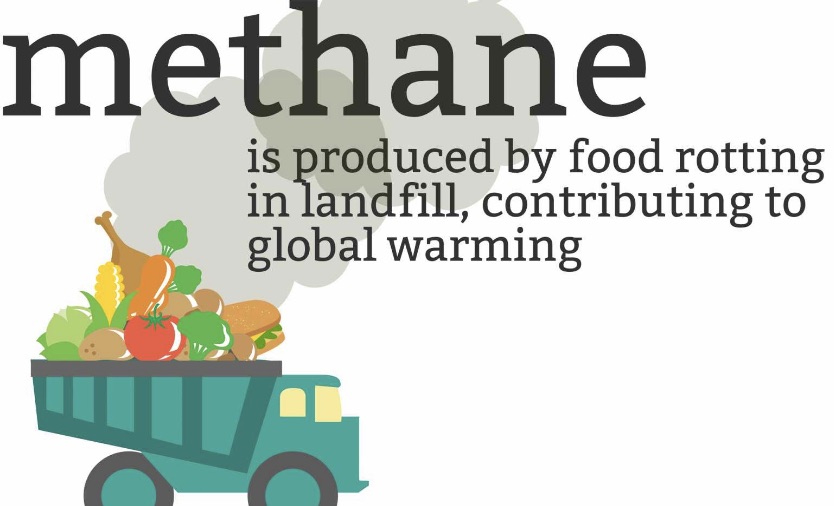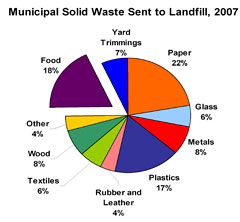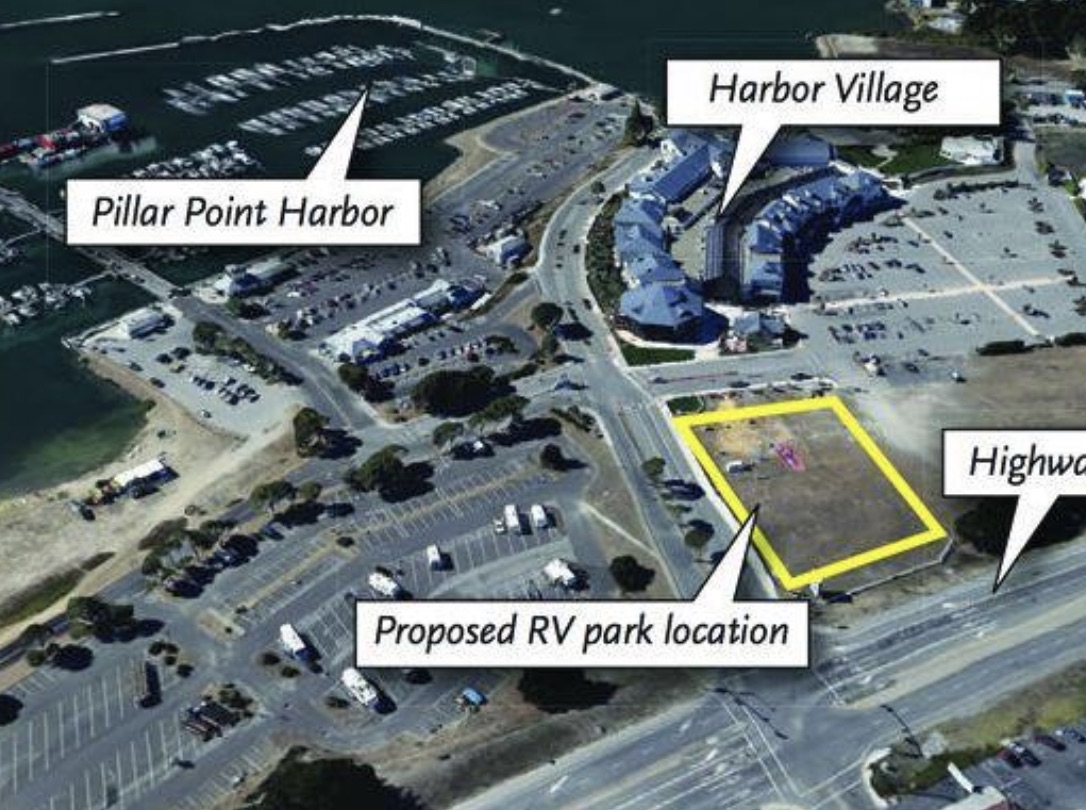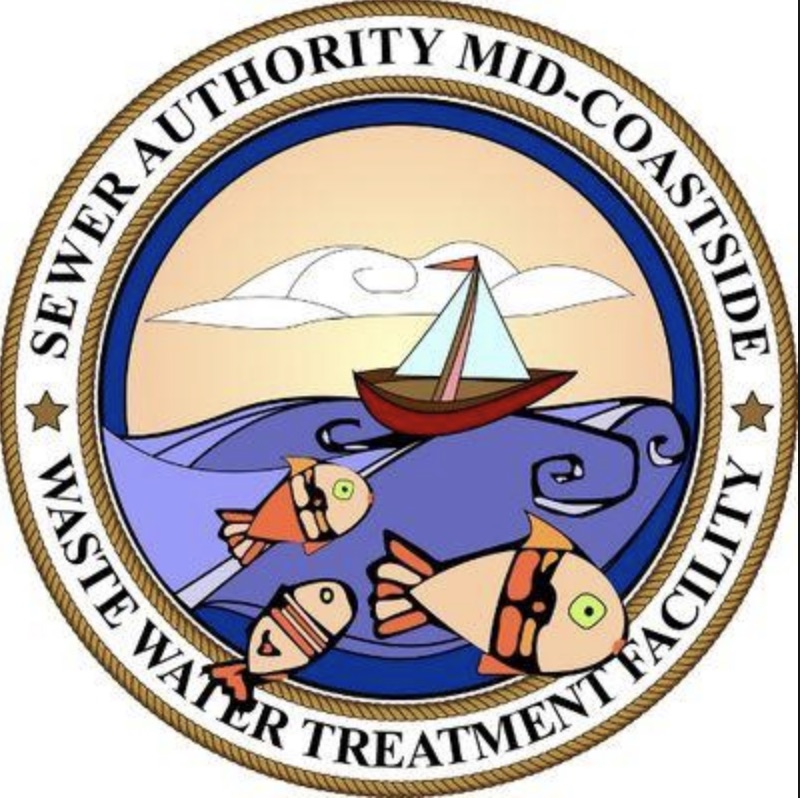|
Getting your Trinity Audio player ready...
|
VIDEO. From the 5/24/2021 Sewer Authority Mid-Coastside Meeting by Zoom. SAM is a joint powers authority with Granada Community Services District (GCSD) and Montara Water and Sewer District (MWSD) who both collect garbage, as part of their missions. MSWD and SAM board member Kathryn Slater-Carter explains.
WHAT IS SB 1383? State Organics Law
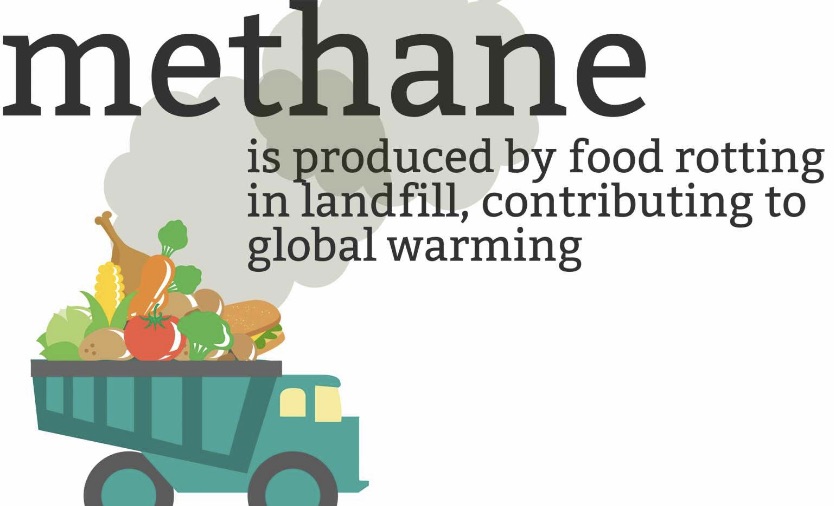 SB 1383 is a statewide effort to reduce emissions of short-lived climate pollutants (SLCP). Specifically, the law sets the following targets:
SB 1383 is a statewide effort to reduce emissions of short-lived climate pollutants (SLCP). Specifically, the law sets the following targets:
- Reduce statewide disposal of organic waste by 50% by January 1, 2020 and by 75% by January 1, 2025 (based on 2014 levels).
- Rescue at least 20% of currently disposed of edible food for human consumption by 2025.
CalRecycle is the state agency responsible for creating the regulatory standards for SB 1383. The final regulations for SB 1383 can be found here.
- Effective January 1st, 2022: CalRecycle’s regulations to meet statewide organics reduction and food recovery requirements take effect. Enforcement provisions, including penalties for noncompliance issued by the state, also take effect.
- Effective January 1st, 2024: Regulations may require local jurisdictions to impose penalties for noncompliance on regulated entities subject to their authority.
WHY SB 1383?
When compostable materials such as food scraps and paper products break down in a landfill, they become powerful contributors to greenhouse gas emissions. Compostable materials such as food waste and paper decompose anaerobically (without oxygen) in a landfill, producing methane (CH4)—one of the most potent greenhouse gases in Earth’s atmosphere.
The intent of this organics diversion goal is to reduce these emissions in light of global climate change.
Did you know that 71% of all waste landfilled by San Mateo County is organic material (organic in this case meaning coming from recently living organisms like plants or animals). Reducing organic waste by 75% from the 2014 base year would require diversion of about 292,000 tons per year. While this goal may seem big, each one of us has the power to help reach this goal.
WHO DOES SB 1383 APPLY TO?
SB 1383 applies to all residents (single-family homes and apartments/condos) and businesses.
How does it impact me as a resident?
All residents living in single-family homes in the RethinkWaste Service Area are automatically provided curbside organics (compost/green cart) service. If you do not have compost service, please contact Recology San Mateo County to set it up.
How does it impact me as a business?
If you own a business or apartment/condo complex (of five units or more), you are required to:*
- Divert organic materials from the landfill by
- Subscribing to and participating in the organics collection service via Recology San Mateo County, or
- Self-haul organic waste to a specified composting facility, community composting program, or other collection activity or program.
- Records must be maintained of this service for amount of materials delivered to each facility.
- Provide collection containers for organic waste and recyclables to employees, contractors, tenants, and customers
- Collection service must be arranged so that access to an adequate number, size, and location of containers with correct labels is available.
- Provide indoor containers for organic waste and recyclables in all areas where disposal containers are provided for customers, except in restrooms (multi-family dwellings are exempt).
- For all outdoor and indoor containers, the container bodies or lids shall conform to the following color scheme: gray/black for garbage, blue for recycling, and green for organics. In addition, containers shall have labels with graphic images to indicate primary materials accepted and prohibited. Recology San Mateo County may be able to provide these containers and labels at no additional cost.
- Annually provide educational information about the legal requirements to compost and recycle including how to properly sort between the three waste streams. RethinkWaste and Recology San Mateo County can provide educational materials for your employees and apartment/condo residents.
For the recovery of edible food waste, edible food generators are split into two tiers and must arrange to recover the maximum amount of their edible food that would otherwise go to landfills and maintain records.
Tier One must comply with edible food recovery requirements by Jan. 1st, 2022. This includes:
- Supermarkets
- Grocery stores (with a total facility size ≥ 7,500 sq. ft.)
- Food service distributors
- Wholesale food markets
Tier Two must comply with edible food recovery requirements by Jan. 1st, 2024. This includes:
- Restaurants (with ≥ 250 seats, or ≥ 5,000 sq. ft.)
- Hotels (with onsite food facility and ≥200 rooms),
- Health facilities (with onsite food facility and ≥100 beds),
- State agencies (with a cafeteria with ≥ 250 seats, or ≥ 5,000 sq. ft)
- Local education agencies (with an onsite food facility)
- Large venues
- Large events
*Commercial businesses may be granted a waiver by a jurisdiction and thus exempted from some or all requirements if they can provide documentation and evidence to support one of the following:
- De Minimus Waivers:
- Total solid waste collection is more than two cubic yards per week and organic waste is less than 20 gallons per week.
- Total solid waste collection is less than two cubic yards per week and organic waste is less than 10 gallons per week.
- Physical space: premises lack adequate space for all three waste streams (recycling, landfill, and organics).
Turning Food Waste into Energy at the East Bay Municipal Utility District (EBMUD)
Reducing Food Waste
Source: U.S. Waste Characterization, U.S. EPA, 2007
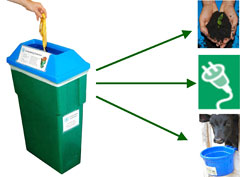
Food Waste: The Second Largest Component of Your Trash
Food waste is the second largest category of municipal solid waste (MSW) sent to landfills in the United States, accounting for approximately 18% of the waste stream.That is over 30 million tons of food waste that the U. S. sends to the landfills each year. Of the less than 3% of waste currently being diverted from landfills, most of it is being composted to produce a fertilizer.
Food Waste and Climate Change
Diverting food waste from landfills not only conserves limited landfill space, but also helps to reduce greenhouse gas emissions. In landfills, organic materials, like food scraps and yard trimmings, are broken down by bacteria to produce methane. Methane, a potent greenhouse gas, is shown to have a warming potential of 21 times that of carbon dioxide. As we try to combat global climate change, we need to reduce methane emissions to the atmosphere.
Food Waste as a Resource
By putting food waste into a landfill, we are wasting a valuable resource. When properly processed, food scraps can generate renewable energy, enhance the soil as a fertilizer, and feed animals. Composting food waste produces a natural fertilizer, which can create healthier soil and reduce the need for synthetic fertilizers. Through anaerobic digestion, bacteria can digest the food waste to produce methane, a valuable energy source when captured.
Composting » Natural Fertilizer
Anaerobic Digestion » Renewable Energy
Processing » Animal Feed
How Can I Reduce My Food Waste?
There are many ways to reduce the amount of food waste that is sent to the landfills. Here are a couple of ways that individuals can reduce their own food waste impact:
- Eat your leftovers! Reduce the amount of food waste created!
- Start a backyard compost bin or a worm composting bin. Read other ideas at EPA’s Food Waste Basics page.
- If your city offers food waste collection, ensure that the food waste is placed in the proper bin
- Encourage restaurants and supermarkets to start composting programs


